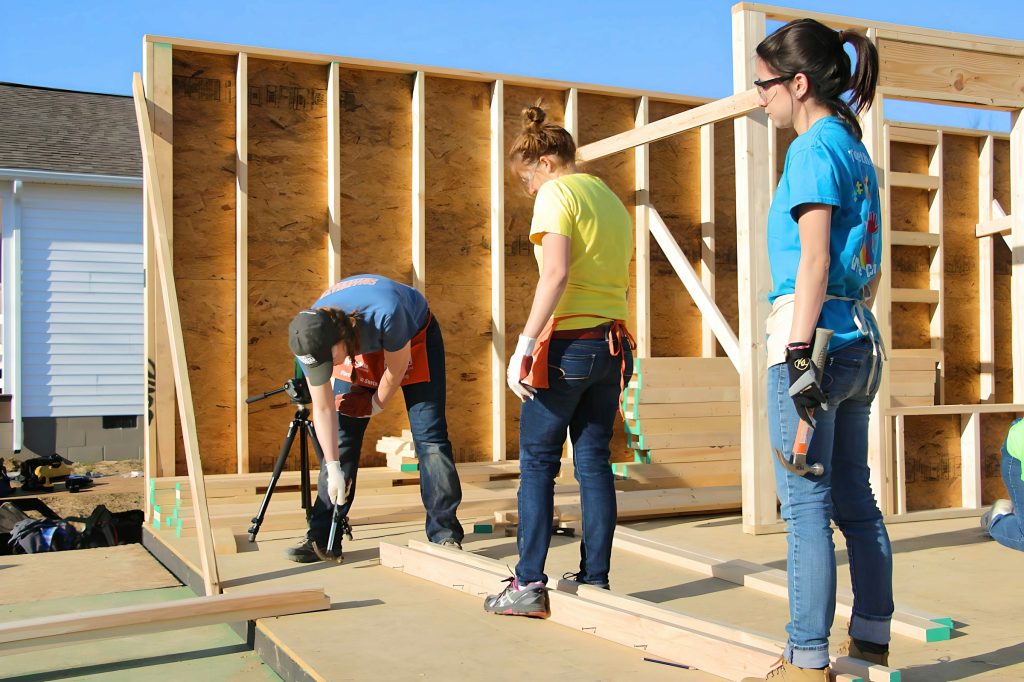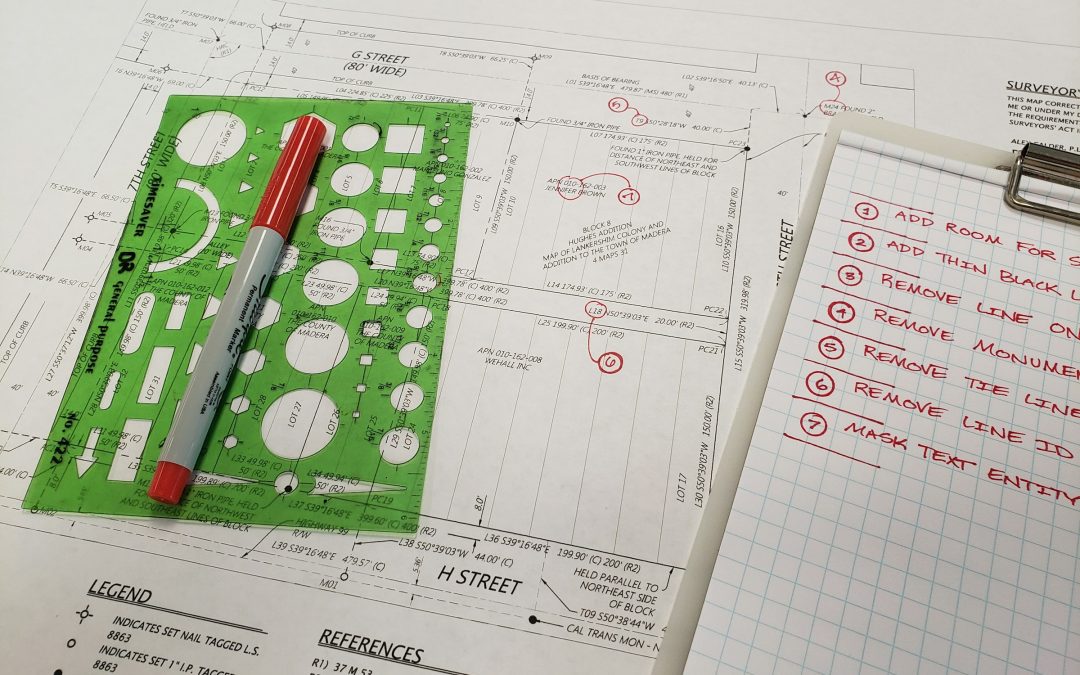- Congratulations! You’ve decided to build your dream custom home. But now what? The design and construction of a home is a big undertaking, to say the least. There are decisions to be made that are as grand as the design itself to as specific as the type of faucets in the bathroom, and more.
- Having a thorough, clear plan that everyone involved from the staff at Acipe Design and our construction partners to you as the homeowner can make for a better, smoother build and leave you with the home of your dreams.
Table of Contents
What is Construction Planning?
Construction planning is your project outline. All the blueprints for the floor plan, plumbing and electrical systems, as well as deciding where and how to orient your home on your property.
Planning also includes all the big and little details like flooring choices, kitchen cabinets and counters, lighting fixtures, and more.
Why Make a Plan?
Just like an outline for a term paper, have a construction plan helps guide the process. It includes all the little things that make a project run as close to on-schedule and with a few problems as possible.
A good plan includes:
A Clear Vision & Objectives
Having a clear vision and objectives from the start makes the road ahead much clearer. Before breaking ground, stakeholders – you, the staff of Acipe Design, our subcontractors, and anyone else involved in the project must agree on the scope of the work and the desired outcome (your dream home).
Having such clarity from the beginning means everyone understands the project and can do their best to see it through to completion, when you turn the key and step inside for the first time. A well-planned project minimizes or avoids confusion, miscommunication, delays, and poor outcomes.
Budget Management
Part of your home building plan includes the budget. You might think ‘the sky’s the limit, I don’t want to hold back!’ but having a budget in place helps keep the work on track, as well as planning for unforeseen problems.

A budget will help reign in your spending so you have the money for permits, materials orders, and milestone payments as outlined in your contract with your chosen builder. Planning project finances for all contingencies keeps the project moving.
Timeline & Scheduling
Everyone wants to be in their new home as soon as possible, but a successful construction project has a defined timeline and schedule, none of which is labeled “ASAP.”
Thorough, well-structured plans also outline the project’s timeline. A good timeline reflects start dates, completion dates, milestones along the way, scheduling inspections, order and delivery dates, and deadlines. A schedule ensures smooth progress and helps avoid bottlenecks, delays, and makes sure everyone is on the same page.
With a schedule and timetable in place, the project can be cut into more manageable phases, marked by milestones, making coordinating and progress monitoring easier to manage for the project as a whole.
Risk Management
Every construction project comes with risks, like those we discussed earlier. Weather conditions, material and/or labor shortages, and safety hazards are all big factors in the success or failure of a project.
Creating a construction plan helps minimize the impact of such problems by identifying and anticipating them before they can happen. Developing a plan and the accompanying timeline and schedule can aid in the ordering of materials, especially when certain materials have a known lead time, or are on backorder. The plan and timeline can be flexible, allowing for re-prioritization so work can continue while waiting for materials to arrive.
Risk management also extends to worker safety and well-being on the jobsite by planning for the inherent risks of an active construction site.
Resource Allocation
Creating a thorough construction plan aids in effective resource allocation throughout a project. Necessary resources like materials, equipment, and workforce can be scheduled appropriately in order to reduce waste (in materials and time waiting) and optimize productivity.
As with proper risk management, proper resource allocation can help ensure your project continues to move forward with few or no interruptions for a more efficient and cost-effective project.
Legal & Regulatory Compliance
Good construction plans include as many details as possible so everyone can be on the same page throughout the entire process. This includes the various legal and regulatory requirements like zoning laws, building codes, environmental regulations, and more which must be followed.
Additionally, securing the proper permits and approvals before ground is even broken helps to avoid potential legal issues, fine, project delays, and frustration. Legal and regulatory compliance also ensures the safety and quality of construction, the safety of the construction, crew, and the protection of all stakeholders’ interests.
Quality Assurance
As with any project, construction or not, prior planning plays a major role in maintaining quality. Your detailed construction plan includes material specifications, construction methods, as well as quality standards that must be adhered to. With these quality benchmarks in mind, your construction crew can ensure your project meets or exceeds industry standards and your expectations.

Inspections, testing, and monitoring are all quality assurance processes that verify the quality of work and materials from the time ground is broken until the day you take possession of your dream home.
Coordination & Communication
The construction of your new home includes a number of different people all working together toward the same goal. Architects or designers, engineers, contractors, subcontractors, and of course, you, the client.
Starting your project with a clear plan puts everyone on the same page and eases coordination and communication between everyone involved. Referencing the plan along the way ensures tasks are aligned with project goals and each party’s roles and responsibilities are clear from the outset.
Consider scheduling regular meetings, calls, or emails for updates and to ensure a smooth workflow and resolve issues promptly to allow work to move forward.
Environmental Impact
New construction has an inherent impact on the environment. Disturbing the ecosystem by the tools, materials, and processes needed for any construction project leaves an environmental impact.

Creating a construction plan allows you to consider how your project impacts the environment. Assessing your project’s carbon footprint can help you make choices that lean toward sustainable building materials and methods that leave behind less of an impact. Energy-efficient designs, use of energy efficient appliances and green building materials are just a few ways your dream home can help conserve the environment and meet any regulatory requirements pertaining to environmental stress.
Final Thoughts
We at Acipe Design know the ins and outs of construction planning, from the home plans we create to completing your dream home. We’ll help guide you through the planning, construction, and completion of your custom home to deliver a quality home you’ll love for years to come.
Contact us today!

